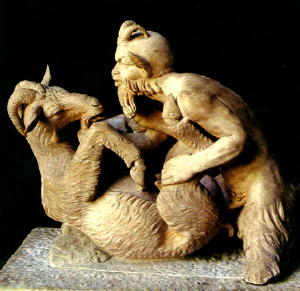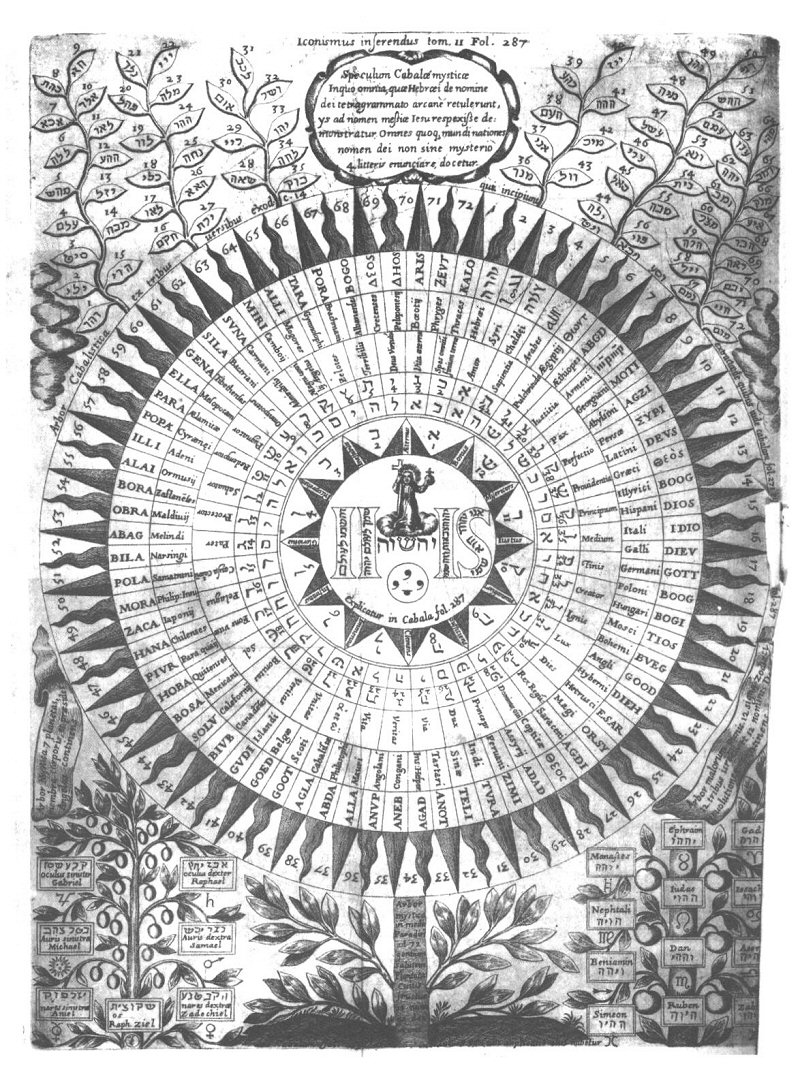In the Abbott Egyptological collection, in New York City, may be seen numerous evidences of the skill of the ancients in various handicrafts; among others the art of lace-making; and, as it could hardly be expected but that the signs of woman’s vanity should go side by side with
Page 21
those of man’s strength, there are also specimens of artificial hair, and gold ornaments of different kinds. The New York Tribune, reviewing the contents of the Ebers Papyrus, says: — “Verily, there is no new thing under the sun. . . . Chapters 65, 66, 79, and 89 show that hair invigorators, hair dyes, pain-killers, and flea-powders were desiderata 3,400 years ago.”
How few of our recent alleged discoveries are in reality new, and how many belong to the ancients, is again most fairly and eloquently though but in part stated by our eminent philosophical writer, Professor John W. Draper. His Conflict between Religion and Science — a great book with a very bad title — swarms with such facts. At page 13, he cites a few of the achievements of ancient philosophers, which excited the admiration of Greece. In Babylon was a series of Chaldean astronomical observations, ranging back through nineteen hundred and three years, which Callisthenes sent to Aristotle. Ptolemy, the Egyptian king-astronomer possessed a Babylonian record of eclipses going back seven hundred and forty-seven years before our era. As Prof. Draper truly remarks: “Long-continued and close observations were necessary before some of these astronomical results that have reached our times could have been ascertained. Thus, the Babylonians had fixed the length of a tropical year within twenty-five seconds of the truth; their estimate of the sidereal year was barely two minutes in excess. They had detected the precession of the equinoxes.They knew the causes of eclipses, and, by the aid of their cycle, called saros, could predict them. Their estimate of the value of that cycle, which is more than 6,585 days, was within nineteen and a half minutes of the truth.”
“Such facts furnish incontrovertible proof of the patience and skill with which astronomy had been cultivated in Mesopotamia, and that, with very inadequate instrumental means, it had reached no inconsiderable perfection. These old observers had made a catalogue of the stars, had divided the zodiac into twelve signs; they had parted the day into twelve hours, the night into twelve. They had, as Aristotle says, for a long time devoted themselves to observations of star-occultations by the moon. They had correct views of the structure of the solar system, and knew the order of emplacement of the planets. They constructed sundials, clepsydras, astrolabes, gnomons.”
Speaking of the world of eternal truths that lies “within the world of transient delusions and unrealities,” Professor Draper says: “That world is not to be discovered through the vain traditions that have brought down to us the opinion of men who lived in the morning of civilization, nor in the dreams of mystics who thought that they were inspired. It is to be
Page 22
discovered by the investigations of geometry, and by the practical interrogations of nature.”
Precisely. The issue could not be better stated. This eloquent writer tells us a profound truth. He does not, however, tell us the whole truth, because he does not know it. He has not described the nature or extent of the knowledge imparted in the Mysteries. No subsequent people has been so proficient in geometry as the builders of the Pyramids and other Titanic monuments, antediluvian and postdiluvian.
On the other hand, none has ever equalled them in the practical interrogation of nature.
An undeniable proof of this is the significance of their countless symbols. Every one of these symbols is an embodied idea, — combining the conception of the Divine Invisible with the earthly and visible. The former is derived from the latter strictly through analogy according to the hermetic formula — “as below, so it is above.” Their symbols show great knowledge of natural sciences and a practical study of cosmical power.
As to practical results to be obtained by “the investigations of geometry,” very fortunately for students who are coming upon the stage of action, we are no longer forced to content ourselves with mere conjectures. In our own times, an American, Mr. George H. Felt, of New York, who, if he continues as he has begun, may one day be recognized as the greatest geometer of the age, has been enabled, by the sole help of the premises established by the ancient Egyptians, to arrive at results which we will give in his own language.

Moe is the founder of GnosticWarrior.com. He is a father, husband, author, martial arts black belt, and an expert in Gnosticism, the occult, and esotericism.






![How one in the province of the Northumbrians, rose from the dead, and related many things which he had seen, some to be greatly dreaded and some to be desired [Circ. 696 A.D.] | Book 5 | Chapter 11 How one in the province of the Northumbrians, rose from the dead, and related many things which he had seen, some to be greatly dreaded and some to be desired [Circ. 696 A.D.] | Book 5 | Chapter 11](https://www.gnosticwarrior.com/wp-content/plugins/contextual-related-posts/default.png)

